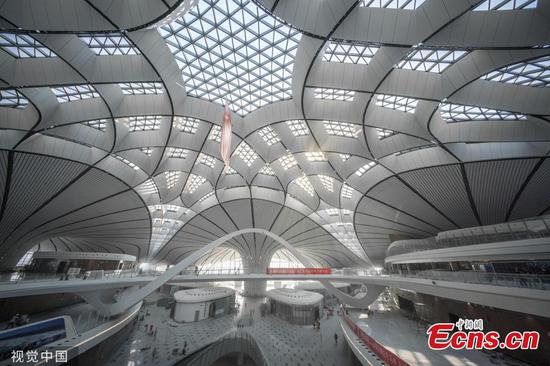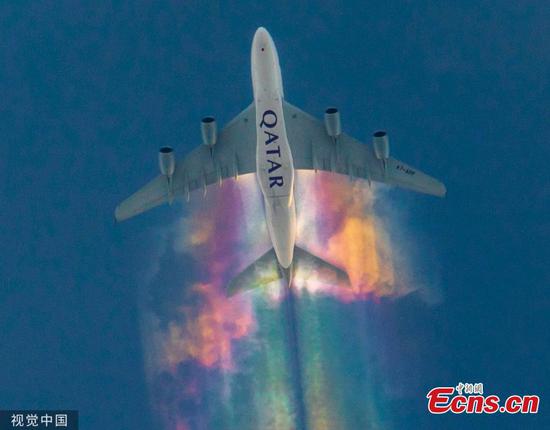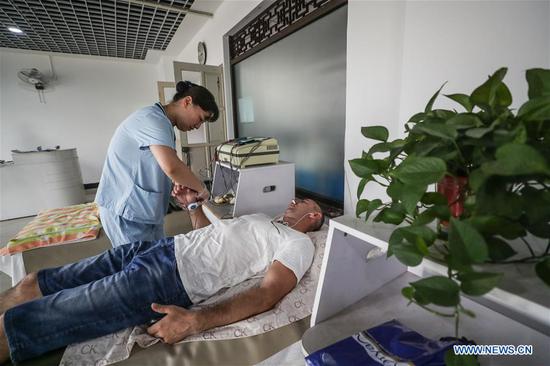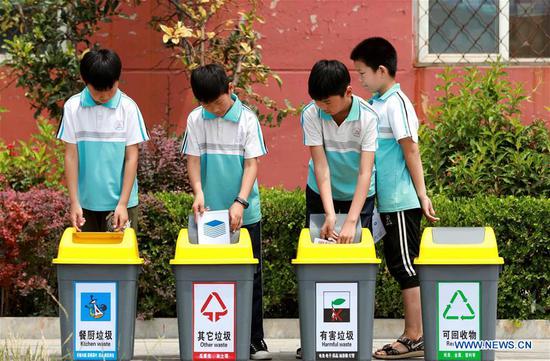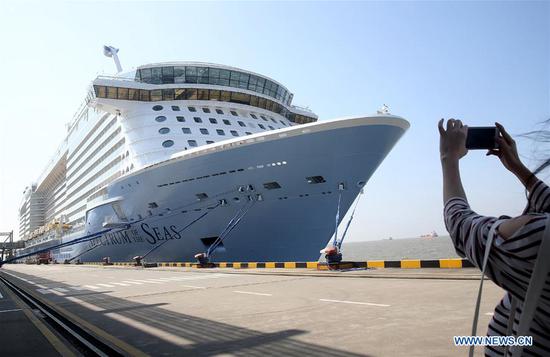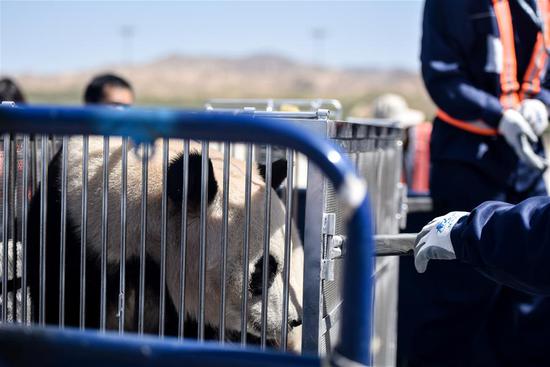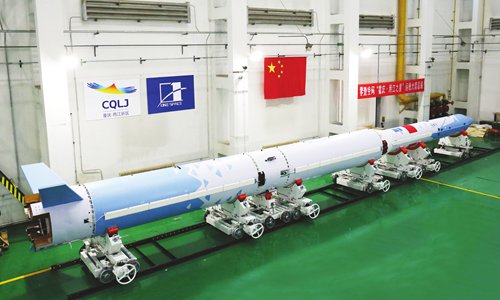
The OS-M rocket, the first carrier rocket of OneSpace, is ready for launch. (Photo/Courtesy of OneSpace)
- Chinese private rocket makers want iSpace carrier rocket launch to be successful in order to inspire industry
- Number of private space-related companies in China surged from 80 to 141 in three years: report
- Space technology is considered dual-use for both civilian and military, according to Chinese space expert
China's "CZ-11 WEY" rocket was successfully launched at sea for the first time on Wednesday, giving a much needed boost to the country's space industry.
Although the rocket was designed and built by the China Academy of Launch Vehicle Technology - part of a state-owned space conglomerate - the country's private rocket companies enthusiastically cheered its successful launch.
After two failed attempts to send satellites into targeted orbits, the Chinese private space sector is waiting for a successful carrier rocket launch.
This has resulted in a great deal of attention being paid to iSpace, also known as Beijing Interstellar Glory Space Technology, a pioneer in the domestic private rocket sector, which is expected to launch its first carrier rocket in mid or late June.
"We really hope iSpace can succeed this time to help bolster confidence in the entire sector," Shu Chang, CEO of another private rocket maker, OneSpace Technology, told the Global Times in an exclusive interview in late April, after the company failed in its attempt to send a satellite into orbit.
After the State Council, China's cabinet, issued a directive in 2014 encouraging the private sector to participate in the research, production and launch services for commercial satellites - a move that opened the doors of China's space field to the private sector - the number of private companies related to this field has grown from 80 to 141 in the last three years, according to a report released by a Chinese industry think tank Futureaerospace in May.
These companies provide services such as satellite manufacturing, rocket manufacturing and satellite launches, among others. China will have sent about 3,100 commercial satellites into space by 2025, with the satellite manufacturing market size reaching 13.6 billion yuan ($1.97 billion), the report said.
Returning to zero
Before OneSpace's OS-M carrier rocket was launched, Shu had believed for many years that this rocket was "the one," which is why he named the company "Lingyi Kongjian," which translates as "Zero To One Space."
At a dinner after the failed launch, company engineers were disconsolate. "It's rare to see so many men crying together," the company's PR staff told the Global Times.
On March 27, OneSpace launched its OS-M rocket from the Jiuquan Satellite Launch Center in northwestern China's Gobi desert. Due to a malfunction in the rocket's rate gyroscope, which functions as the "eye" of the rocket, the OS-M began following a twisting trajectory 45.68 seconds after it was launched.
One month on, Shu still becomes very serious when he talks about the event.
"The incident showed our lack of respect for space system engineering," he said, acknowledging that the company had been over-optimistic about the OS-M rocket.
In the aerospace field, there is a term called "returning to zero." This means that when a breakdown takes place, no matter how serious or small, all of the work must start again from the very beginning.
Shu said his company is returning to zero and starting from scratch, but added that the failure will not affect the company's plans for a launch in 2019.
He also noted that OneSpace needs to improve its technology research and administration work. "This may sound very official, but we did feel a very deep pain," Shu told the Global Times.
In the past two years, OneSpace has conducted 47 major tests to improve core technologies and resolve difficulties in the rocket engine and integral control machine.
In May 2018, the start-up successfully sent its self-designed and produced OS-X series of rockets into sub-orbital space, making it the first private firm in China to launch a commercial rocket. Four months later, it sent a second sub-orbital rocket with the maximum flight altitude of 35 kilometers.
"The cost of a launch failure is huge in this industry, whether it's for a state-owned company or a private company. But one of the big problems we in the private sector are trying to resolve is how to manufacture rockets with a lower price and greater efficiency. From this perspective, the economic cost of a launch failure is controllable for us," LandSpace CEO and founder, Roger Zhang Changwu, told the Global Times.
Beijing LandSpace Technology, another leader in the domestic private rocket sector, was also unsuccessful in its attempt to send a satellite into space with its carrier rocket in October 2018.
However, industry analysts said failures were quite common and understandable in the commercial space industry.
By comparison, it took SpaceX six years to successfully launch the first carrier rocket in 2008 after three launch failures, and 12 years for Rocket Lab. It is notable that those are the only two private firms in the world that have succeeded in sending carrier rockets into space.
Now, Chinese private rocket makers are aiming to shorten that period.
"The first milestone for the private rocket sector in China is to send a spacecraft into orbit; and the second milestone is to produce reliable products with continuity and stability," Zhang told the Global Times, adding that only a few companies will be left standing in this industry in the next five years.

















